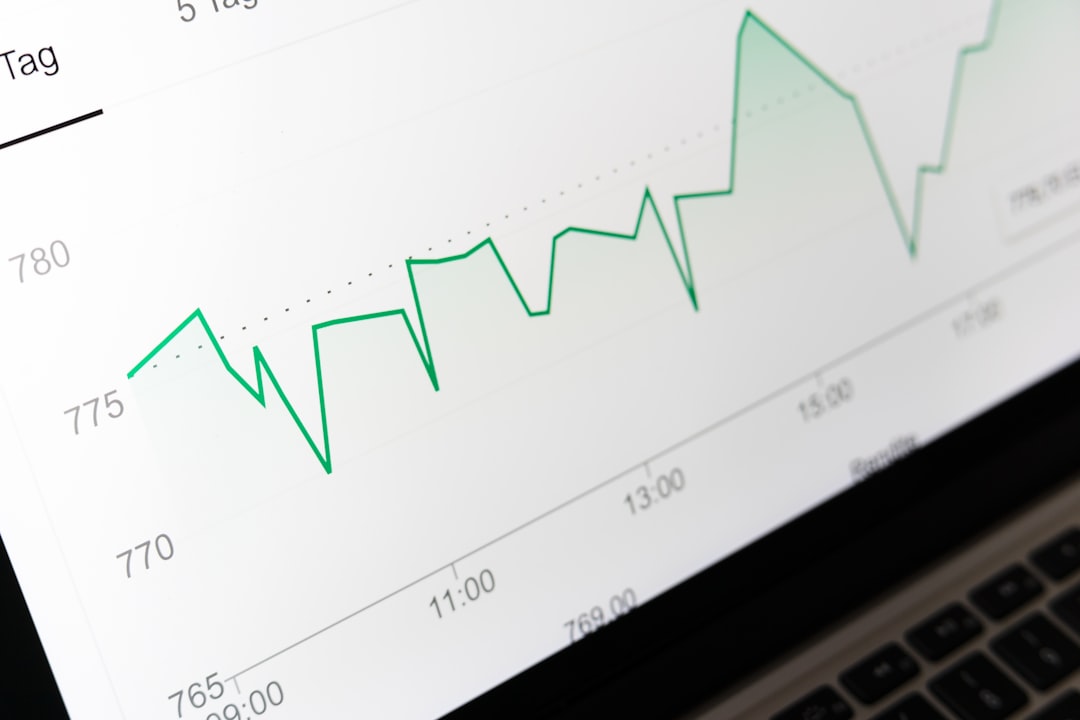Water Utility Considers Price Adjustment to Address Financial Challenges
Proposal Aims to Balance Financial Stability with Consumer Impact

A major water utility is currently evaluating a potential adjustment to its pricing structure. The proposal is designed to address increasing financial pressures and ensure the long-term sustainability of water services.
The utility is facing significant financial losses, incurring a loss for each unit of water sold. To combat these challenges, the utility is developing a pricing review report to be submitted to the relevant governmental body by the end of the month. The primary objectives of this review are to secure financial stability and to minimize the impact on residential consumers.
The current water rates have been in effect for an extended period. The current pricing structure is tiered based on consumption levels. The initial proposal suggests maintaining the current rate for lower consumption levels, implementing moderate increases for mid-range usage, and introducing more significant adjustments for higher consumption.
Initial projections suggest that a substantial majority of consumers would not be significantly affected by the proposed changes. However, any final decision regarding pricing adjustments will be made by the executive branch of the government.
The utility experienced a substantial post-tax loss in the previous year, and projections indicate that these losses are likely to increase in the coming year. Key factors contributing to these financial pressures include rising operational costs, encompassing depreciation, interest payments, and ongoing investments in water infrastructure maintenance and leakage reduction.
In addition to the price adjustment, the utility is also exploring the implementation of a water quality-based pricing model. This innovative approach would introduce premium pricing for higher-quality drinking water, offering consumers access to certified purification services and creating a new revenue stream for the utility.
The water quality-based pricing model would involve the installation of water purification equipment at the consumer level, allowing households and businesses to access certified purification services. The utility would leverage its in-house water quality testing capabilities to ensure compliance with drinking water standards. However, the feasibility of this system and its potential impact on the water distribution network require further evaluation.
Other Versions
La empresa de suministro de agua estudia un ajuste de precios para hacer frente a los problemas financieros
Le service des eaux envisage un ajustement des prix pour faire face aux difficultés financières
PDAM Mempertimbangkan Penyesuaian Harga untuk Mengatasi Tantangan Keuangan
L'azienda idrica prende in considerazione un adeguamento dei prezzi per affrontare le sfide finanziarie
水道事業体、経営難に対処するため価格調整を検討
재정 문제 해결을 위해 가격 조정을 고려하는 수도 시설
Tinitingnan ng Water Utility ang Pagsasaayos sa Presyo Upang Matugunan ang mga Hamong Pinansyal
Водоснабжающая компания рассматривает возможность корректировки цен для решения финансовых проблем
กิจการสาธารณูปโภคน้ำพิจารณาปรับราคาเพื่อรับมือความท้าทายทางการเงิน
Công Ty Cấp Nước Xem Xét Điều Chỉnh Giá Để Giải Quyết Các Thách Thức Tài Chính
